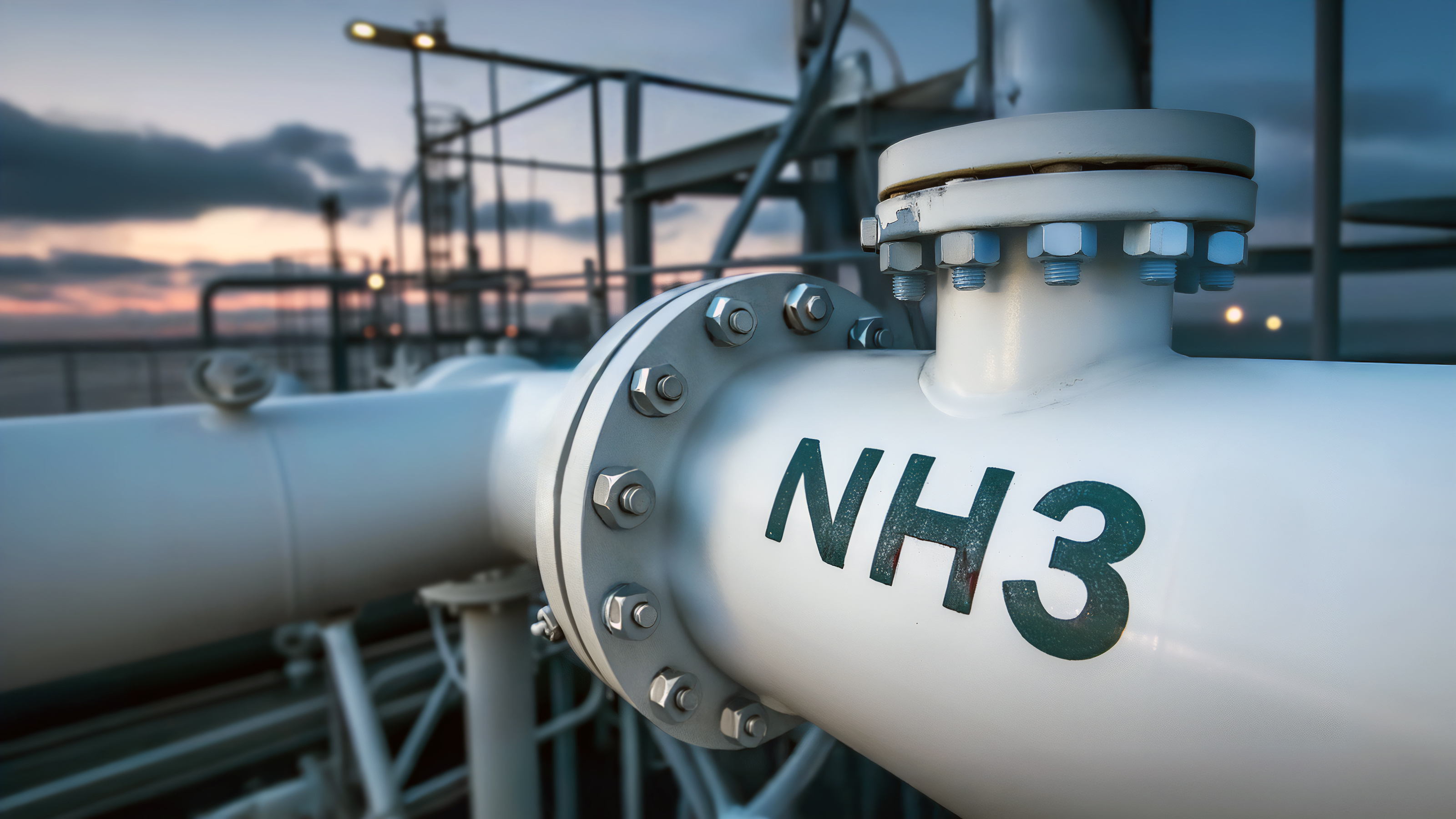
The Club's correspondent, Vitsan Istanbul, has issued a Circular to alert Members to a Notice issued by Turkiye's Directorate General of Maritime on 31 December 2022 regarding the South Anchorage Areas of the Istanbul Strait. As from 5 January 2023, new regulations will apply to vessels using the Istanbul Strait Anchorage areas (A, B and C), Kucukcekmece Anchorage area (G) and Anchorage Area (F). The new regulations have been brought in following an increase in the number of collision incidents in the anchorage areas to reduce congestion in the areas and to protect life, goods and the environment.
For details of the new regulations, please download the correspondent's Circular below.





